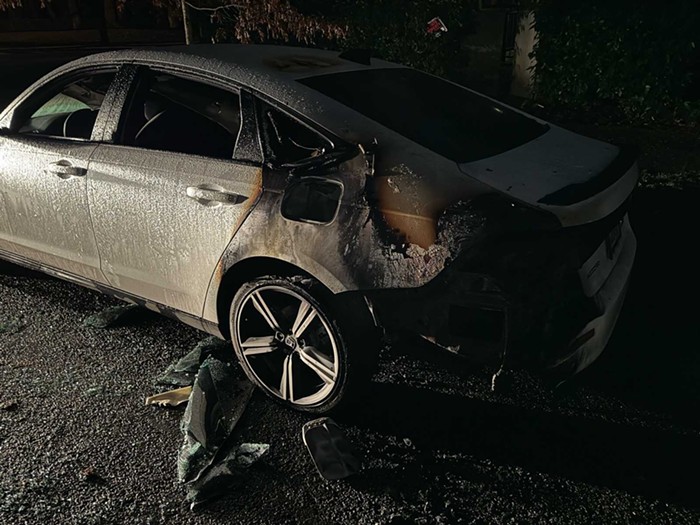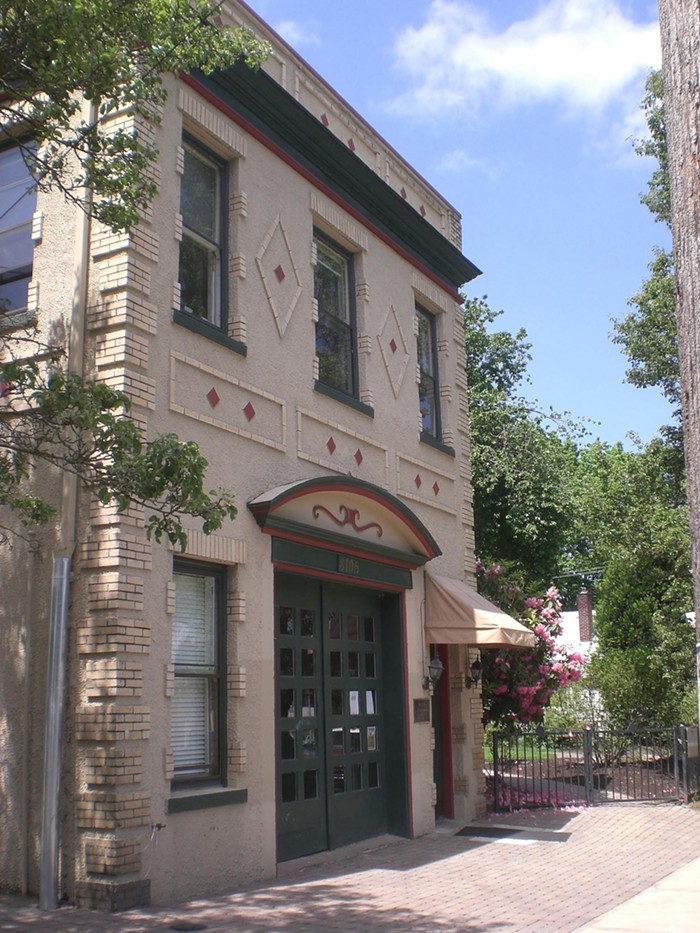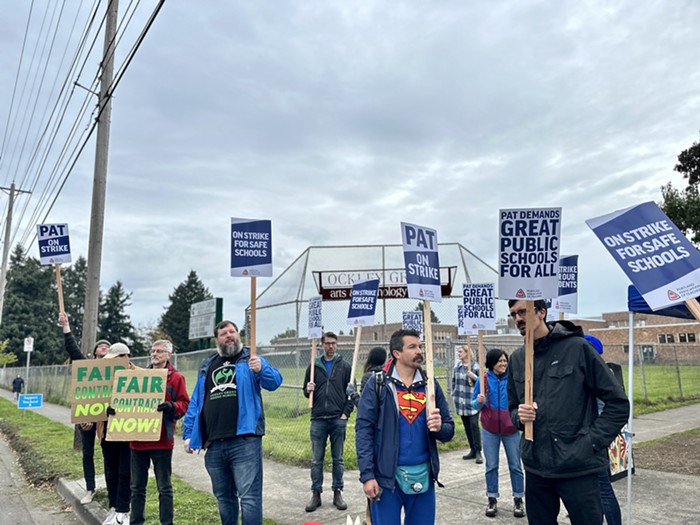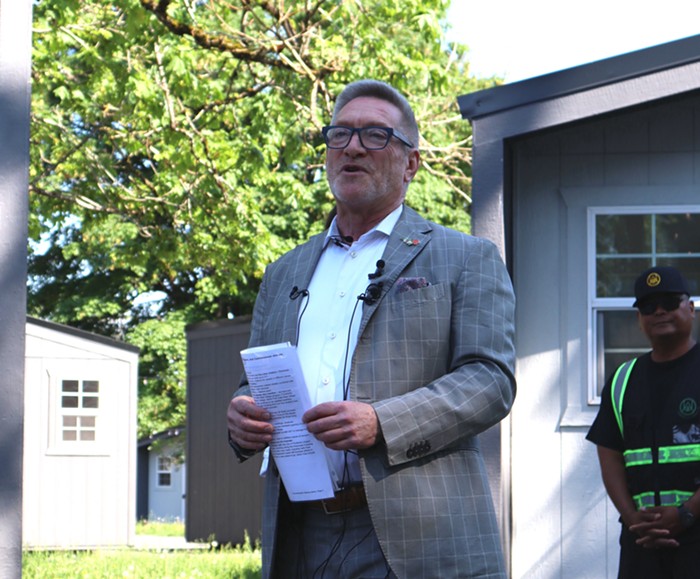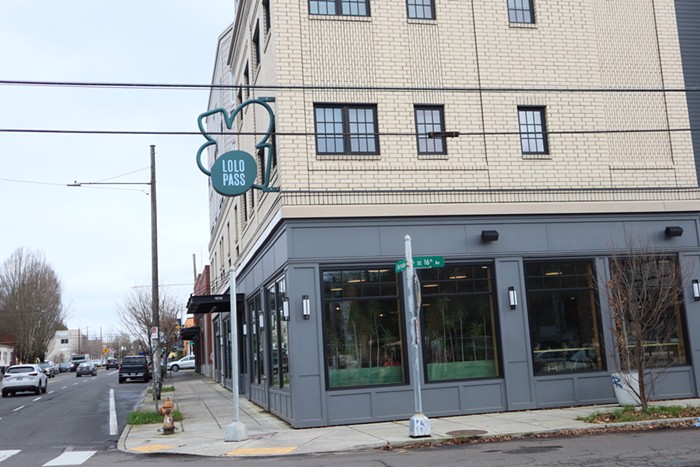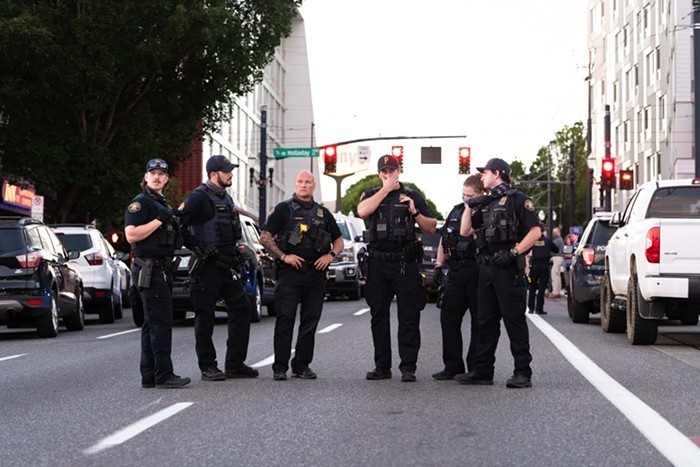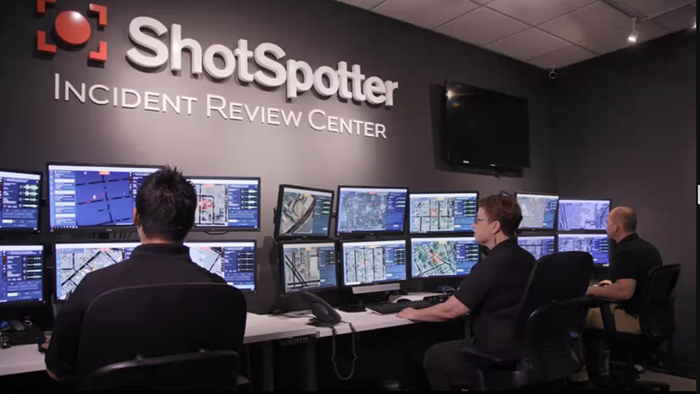
The Overlook Neighborhood Association (ONA) strongly opposes new city rules about when and how developers notify neighbors about coming construction plans.
Under current rules, developers with buildings of a certain size are required to mail notifications to the relevant neighborhood association, and for some, require a public meeting. The new rules would be a little more flexible for renters, allowing notification by email and physical signs near the proposed development, and putting the responsibility for setting up public meetings on developers instead of the neighborhood associations. Though some Portlanders support the decentralizing changes, at least one neighborhood association is fighting the shift.
“The new code would create a fractured neighborhood communication system that would make it difficult for any single resident to keep up with all development in a neighborhood,” wrote ONA chair Christian Trejbal in submitted testimony to the city about the rule change.
But the change also intends to hold more developers accountable. The city’s current rules only require developers notify neighbors and participate in neighborhood meetings when a proposed building is over 40,000 square feet. If implemented, the rule change will require developers proposing buildings between 10,000 and 25,000 square feet to notify neighbors, and developers with a building over 25,000 square feet need to hold a neighborhood meeting.
The draft changes include a shift in how the notifications are delivered, allowing email and regular mail notifications and requiring on-site, physical notice of the coming development to anyone who passes by. The previous system required only a certified letter to the neighborhood association, which then had a limited amount of time to respond and request a neighborhood meeting—leaving anyone outside the circle of the association unaware of the communications.
“Right now the only people who find out are those in the communication network of the neighborhood association,” says Sara Wright, the code change project manager at the Bureau of Planning and Sustainability. “That’s a really small universe of people.”
It also shifts the responsibility of holding a meeting to the developer instead of the neighborhood association—something the city hopes will lead to more meetings in areas without active neighborhood associations. “Applicants will be encouraged to reach out to neighborhood associations to see if they want to host or co-host the meeting,” the draft proposal says. The neighborhood meetings allow for public comment but require nothing of the developers, who can listen to neighbors complain about a project and then move ahead with it unchanged anyway.

Wright says that flexibility is built into the rule change to accommodate neighborhoods with few available public meeting spaces, like in East Portland, as well as those that don’t have robust neighborhood associations. Under the previous rules, neighbors often never found out about developments until they were built because there weren’t active neighborhood associations there to schedule meetings. The new rules would make visible notifications at the project site, where anyone walking by can read them.
Anecdotally, Wright says most developers prefer to work with neighborhood associations where they’re available because the meeting times are more consistent. “We can’t make or force the rules that prevent every single bad outcome. We’re trying to create more good outcomes for more people,” she says.
Still, Trejbal argues that some of the changes don’t go far enough: that all buildings over 10,000 square feet should mandate a public meeting, not just those over 25,000. “This will become even more important as the city places greater emphasis on density, encouraging garden apartments and other missing middle housing in neighborhoods through changes like the Residential Infill Project,” he writes, adding that larger projects can greatly change “the character of a residential street.”
This comes amidst a public outcry over the Residential Infill Project led by various neighborhood associations. The project may increase density in single-family zoned neighborhoods by legalizing duplexes, triplexes, and garden apartments—something many long-time residents decry as harmful to “neighborhood character,” but that housing advocates welcome as an opportunity for density in some of Portland’s least-dense, most desirable neighborhoods.
Trejbal is also concerned about when and where developers can schedule meetings. “The requirement that a meeting only be within two miles of the neighborhood is much too distant,” Trejbal writes, pointing out that a developer could host a 30 minute meeting downtown during a Trail Blazers home game to try and prevent neighbors from being able to attend. He and ONA ask that the meetings be required to run from 6:30 to 8:30 pm on weeknights, last at least an hour, and take place within half a mile of the neighborhood being affected, according to the letter. Notably, ONA meetings occur monthly on Tuesday nights from 6:30 to 8:30 pm. The proposed code allows meetings between 6 pm and 9 pm on weekdays or between 9 am and 6 pm on weekends.

